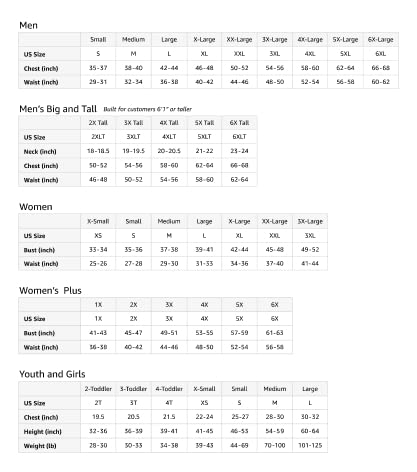Cubanita 2013 Revamp
Category: La Cubanita Sugars-1

The primary objective of implementing a demand planning process is to accurately forecast future customer demand. This allows companies to better align their supply with anticipated demand, ultimately reducing inventory costs and improving customer service levels. Effective demand planning is a crucial component of a well-functioning supply chain, as it enables businesses to optimize their inventory, production, and distribution strategies.
One of the key benefits of demand planning is the ability to minimize inventory holding costs. By accurately forecasting demand, companies can avoid excessive inventory buildup, which can lead to storage costs, obsolescence, and tied-up capital. Conversely, underestimating demand can result in stockouts, lost sales, and dissatisfied customers. Demand planning helps strike the right balance between supply and demand, ensuring that inventory levels are aligned with anticipated customer needs.
Additionally, demand planning can enhance a company's production efficiency. With a reliable demand forecast, manufacturers can better plan their production schedules, optimize resource utilization, and minimize downtime. This, in turn, can lead to cost savings and improved overall operational efficiency.
Furthermore, demand planning plays a crucial role in optimizing distribution and logistics. By anticipating customer demand, businesses can optimize their transportation and distribution networks, reducing delivery times and improving customer service. This can be particularly beneficial for companies operating in complex, multi-echelon supply chains, where effective demand planning is essential for coordinating the movement of goods from suppliers to end-customers.
Effective demand planning also enables companies to make more informed strategic decisions. With a comprehensive understanding of market trends and customer behavior, businesses can adapt their product offerings, pricing strategies, and marketing campaigns to better meet the evolving needs of their target market. This can lead to increased customer satisfaction, brand loyalty, and ultimately, improved financial performance.
To implement a successful demand planning process, organizations must gather and analyze a variety of data sources, including historical sales data, market trends, economic indicators, and customer feedback. Advanced analytical tools, such as statistical forecasting models and machine learning algorithms, can be employed to generate more accurate and reliable demand forecasts.
Additionally, effective demand planning requires cross-functional collaboration within the organization. Sales, marketing, operations, and finance teams must work together to share insights, align on assumptions, and develop a unified demand plan that serves the overall business objectives.
In conclusion, demand planning is a critical component of a well-designed supply chain strategy. By accurately forecasting future customer demand, companies can optimize their inventory, production, and distribution processes, leading to cost savings, improved customer service, and enhanced strategic decision-making. As businesses strive to remain competitive in today's dynamic market environment, the importance of effective demand planning cannot be overstated.
product information:
| Attribute | Value |
|---|








